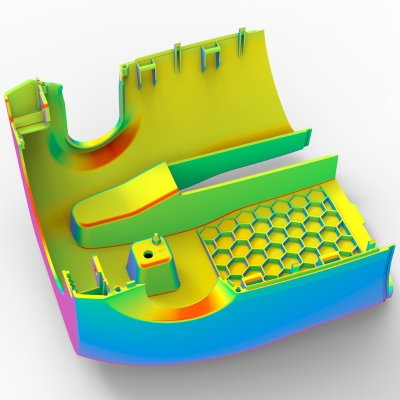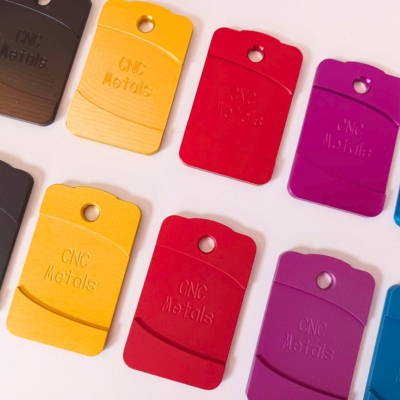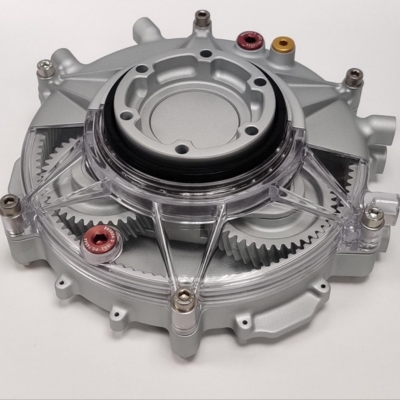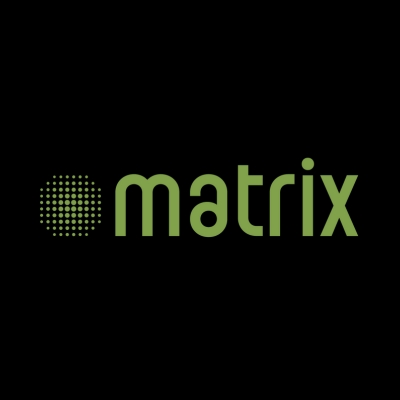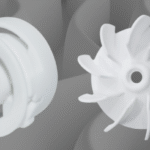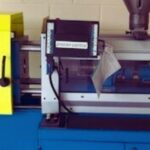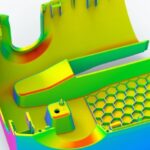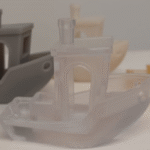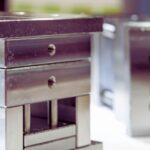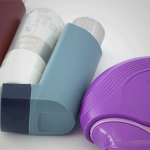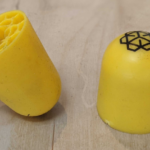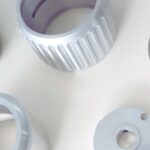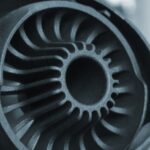- Home
- 3D Printing
- Key Principles of Jig and Fixture Design for Manufacturing Efficiency
Key Principles of Jig and Fixture Design for Manufacturing Efficiency
Jigs and fixtures are vital components in any manufacturing process, enabling repeatability, accuracy, and efficiency. Whether used for holding parts in place during machining or assembly, guiding tools, or improving inspection processes, well-designed jigs and fixtures streamline production and enhance product quality.
For design engineers, product designers, and engineers, creating jigs and fixtures that serve their purpose effectively requires a deep understanding of both the manufacturing process and the design principles that drive performance. Below, we explore the essential principles of designing jigs and fixtures to maximise production efficiency and accuracy, with a particular focus on the role 3D printing plays in enhancing these designs.
Clamping and Positioning
A key function of any jig or fixture is to hold the workpiece securely in place. Proper clamping and positioning ensure that the part remains stable during the operation, whether it’s being machined, welded, or assembled. The fixture should be designed to apply even pressure across the part without distorting or damaging it, while also allowing for easy placement and removal of the part.
Clamping Force Distribution
Clamps should apply sufficient force to hold the workpiece without distorting it, particularly for thin or delicate components.
Positioning Accuracy
Fixtures should position the workpiece in a repeatable manner to guarantee consistent results across multiple parts. This is crucial for maintaining tight tolerances.
Workpiece Stability and Support
To ensure accurate results, jigs and fixtures must fully support the workpiece during the operation. A poorly supported part can lead to vibrations, misalignment, or deflection, which can compromise the quality of the finished product. With 3D printing, engineers have the ability to design intricate support structures or integrate features that traditional manufacturing may not allow.
3-2-1 Principle
A foundational concept in fixture design, the 3-2-1 principle ensures the part is secured in six degrees of freedom (X, Y, Z, and rotational axes). By locating the part against three points on one plane, two on another, and one on the third, engineers can secure the part and prevent movement.
Custom Geometries
With 3D printing, engineers can design custom geometries that fit the exact shape and size of the workpiece, providing tailored support that reduces vibration or instability.
Accessibility for Operations
While the primary function of jigs and fixtures is to secure and position parts, it’s equally important to consider the operations being performed on the workpiece. Whether it’s machining, assembly, or welding, the fixture must allow clear and unhindered access for tools and operators. 3D printing enables engineers to create intricate designs that maintain stability while leaving ample space for tool access.
Tool Clearance
Ensure there is sufficient space for tools to reach the workpiece without colliding with the fixture. With 3D printing, it is possible to design support features that are both minimal and strong, maximising tool accessibility.
Ergonomics
Fixtures should be designed for ease of use, particularly in high-volume production. Engineers should consider how operators will load and unload the workpiece to minimise fatigue and improve cycle times.
Modularity and Flexibility
In today’s manufacturing environments, flexibility is crucial. A fixture that can accommodate different part shapes or sizes—or that can be easily modified for a new application—adds significant value to the production process. Designing jigs and fixtures with modularity in mind allows engineers to reuse parts of the fixture for multiple projects, reducing downtime and material waste.
Customisable Designs with 3D Printing
With the rapid prototyping capability of 3D printing, engineers can easily adjust or reconfigure fixtures to meet changing project requirements. Digital models can be modified and reprinted without the need for new tooling or extensive setup.
Quick-Change Fixtures
In high-volume environments, 3D-printed fixtures designed for quick changeover can dramatically reduce setup times, improving overall production efficiency.
Durability and Material Selection in 3D Printing
Choosing the right material is critical for jig and fixture design, especially when leveraging 3D printing. Different 3D printing technologies offer a range of materials, each with unique properties that can be tailored to specific fixture requirements. From tough polymers for high-stress applications to flexible materials for soft-touch grips, material selection plays a key role in ensuring the fixture performs as required.
SLA and DLP Resins
SLA and DLP offer materials with excellent surface finish and high detail resolution, making them ideal for jigs and fixtures that require precise, fine details. Tough resins are available for more durable applications, while flexible resins can be used where slight flex or elasticity is needed.
SLS (Selective Laser Sintering)
For more robust jigs and fixtures, SLS provides excellent mechanical strength and durability. Materials like PA12 or carbon-reduced PA12 (such as Matrix PA12 CR stocked by Prototype Projects) offer high strength-to-weight ratios, making them ideal for long-lasting fixtures that need to withstand heavy use or exposure to heat and chemicals.
PolyJet
PolyJet allows for multi-material printing, enabling engineers to produce fixtures with both rigid and flexible sections. For example, a fixture might include a rigid base for stability and flexible grips or surfaces to protect delicate parts.
PµSL
For industries requiring ultra-fine, micro-scale fixtures, PµSL offers materials with high thermal stability and mechanical strength, suitable for extremely precise applications like electronics manufacturing.
The variety of materials available through 3D printing offers flexibility in design, allowing engineers to select the best material for the specific demands of the application. Whether durability, flexibility, or accuracy is the priority, there is a 3D printing material to meet the need.
Minimising Setup and Calibration Time
One of the key goals of jig and fixture design is to reduce the amount of time spent setting up or calibrating the fixture. Efficiently designed fixtures enable faster setup, which reduces machine downtime and improves overall production efficiency. This is particularly important for high-volume production environments where any delay in setup can lead to significant cost increases.
Repeatability in 3D-Printed Fixtures
The accuracy of 3D printing ensures that fixtures can be designed to offer repeatable setups with minimal adjustments between runs. Custom locating features, integrated directly into the 3D-printed design, can reduce reliance on external measuring tools.
On-Demand Printing
Instead of waiting for new fixtures to be machined or adjusted, 3D printing allows for on-demand creation and modification of jigs and fixtures, speeding up the calibration process.
Error Proofing (Poka-Yoke)
Error-proofing, or Poka-Yoke, is a principle of fixture design that aims to prevent incorrect assembly or misalignment of the workpiece. By designing the fixture so that parts can only be loaded in the correct orientation, engineers can avoid costly mistakes during production.
Fool-Proof Design with 3D Printing
3D printing allows for highly customised error-proofing features, such as asymmetric locating pins or guide slots, to ensure that parts can only be positioned correctly. This reduces the risk of operator error and improves consistency.
Conclusion
Designing jigs and fixtures with 3D printing in mind opens up new possibilities for efficiency, cost-effectiveness, and design complexity. By adhering to key principles—such as secure clamping, stability, accessibility, modularity, and error-proofing—engineers can create fixtures that support optimal manufacturing performance. With the added advantages of rapid prototyping and material versatility, 3D printing allows for the production of customised jigs and fixtures that meet the unique demands of each project.
Talk to us
Whether you need a jig or fixture for assembly, machining, or inspection our team can help bring your designs to life quickly and efficiently using a range of 3D Printing technologies, including SLA, SLS, DLP, PolyJet, and PµSL. If you’d like to discuss your next prototype project, please contact us on 01763 249760. If you’re ready to bring your vision to life, request a quote.

